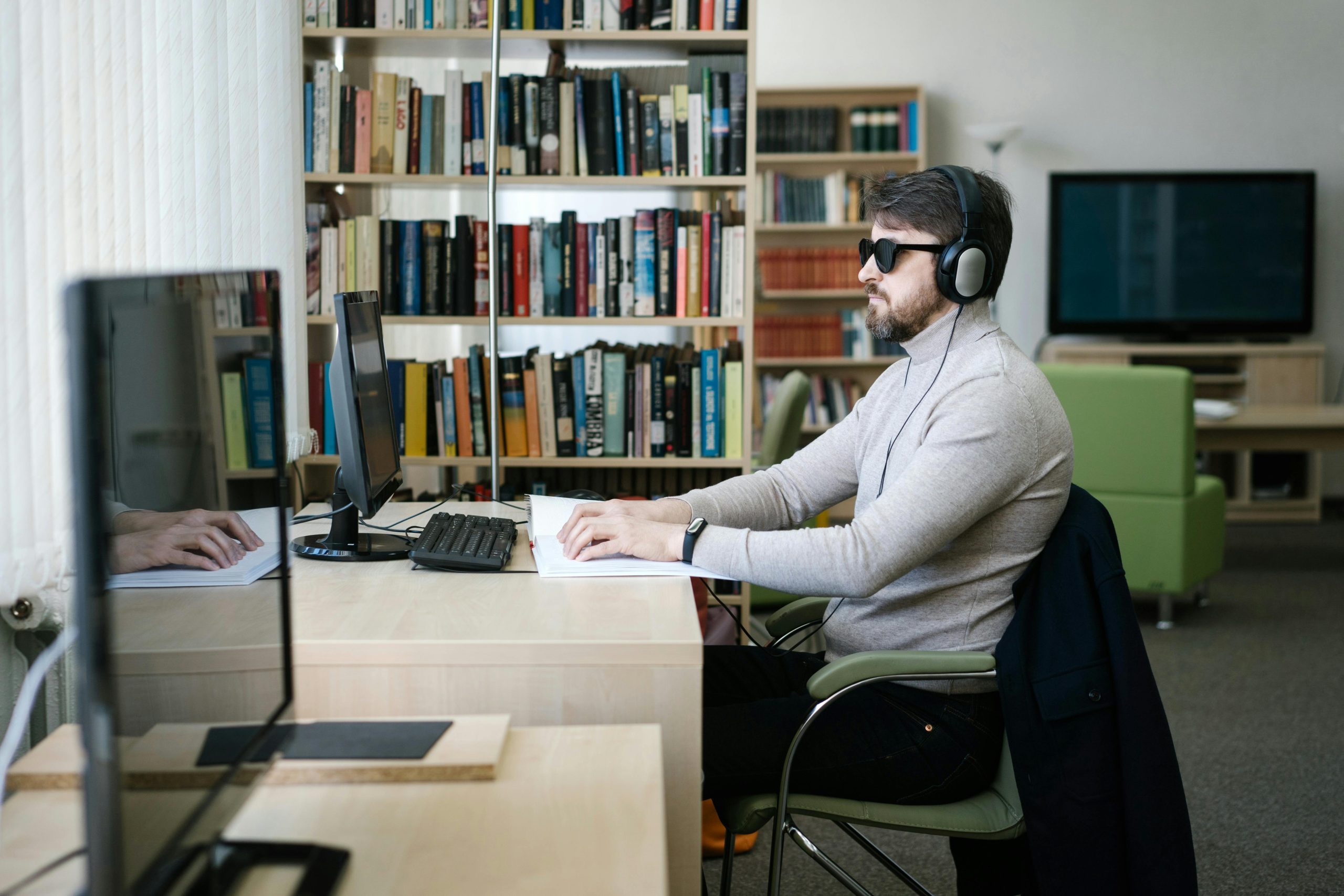Enhancing Remote Support for Visually Impaired Users: A Guide to Streamlined PC Access
Supporting a visually impaired loved one with technology can be a challenging yet rewarding experience. In particular, providing remote assistance requires solutions that are both reliable and simple to use, especially when traditional visual cues are unavailable. This article explores effective strategies and tools to facilitate seamless remote access to a visually impaired user’s PC, ensuring they can seek help or explore new software with confidence.
Understanding the Challenges
Individuals who are blind or visually impaired often develop specialized skills to navigate digital environments. For example, a seasoned software programmer may use keyboard shortcuts, screen reader software like Narrator or ZoomText, and audio cues to operate their device independently. However, updates to operating systems or assistive tools can sometimes cause disruptions—elements move, visual cues disappear, or input interfaces become less intuitive.
Additionally, scenarios arise where remote visual assistance becomes necessary, such as when assistive technology encounters issues or when exploring unfamiliar applications. Without the ability to see their screen, the user may feel apprehensive about experimenting with new tools, fearing they cannot recover from errors or missteps.
Key Requirements for Effective Remote Assistance
To facilitate effective remote support, the solution must be:
- Easy to initiate: A simple process for the user to start a remote session, ideally with just a desktop shortcut or executable.
- Secure and reliable: Ensuring that access is controlled and connections are stable.
- Accessible: Compatible with assistive technologies and clear in guidance.
- Bi-directional: Allowing both the user and the support person to connect and share screens easily.
Recommended Solutions
Based on these criteria, several tools can be employed to create a robust remote assistance setup:
-
VNC (Virtual Network Computing):
VNC applications like UltraVNC or TigerVNC enable remote desktop sharing with customizable security options. They can be configured to start with minimal setup and can include a “quick connect” feature through a simple code or password. -
TeamViewer:
TeamViewer’s QuickSupport module is designed for remote assistance and requires minimal setup. The user runs the small executable on their machine, receives a session ID, and the helper enters this ID to connect. However, as noted, assistive software may sometimes struggle to interpret interface elements like input boxes, so pre-configuration or alternative connection methods may be necessary. -
Remote Access via Chrome Remote Desktop:
This free tool offers secure
Share this content:



